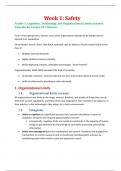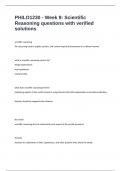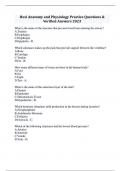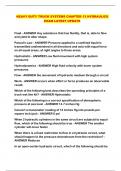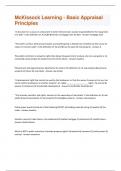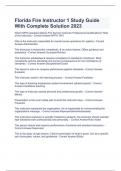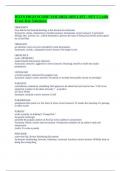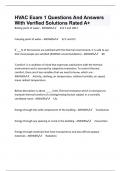Samenvatting
Summary of Supply Chain Strategy_SC Performance-Safety_325240-M-6
- Instelling
- Tilburg University (UVT)
Summary of the two articles: • Oliver, N., Calvard, T., & Potočnik, K. (2017). Cognition, technology, and organizational limits: Lessons from the Air France 447 disaster. Organization Science, 28(4), 729-743. • Hopkins, A. (2011). Management walk-arounds: Lessons from the Gulf of Mexico...
[Meer zien]
